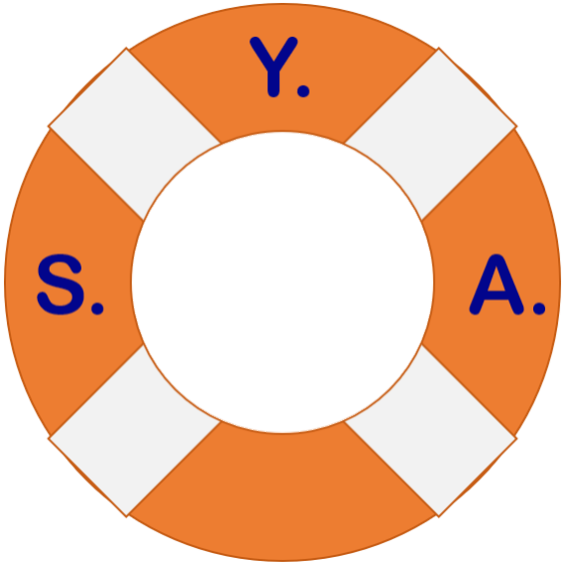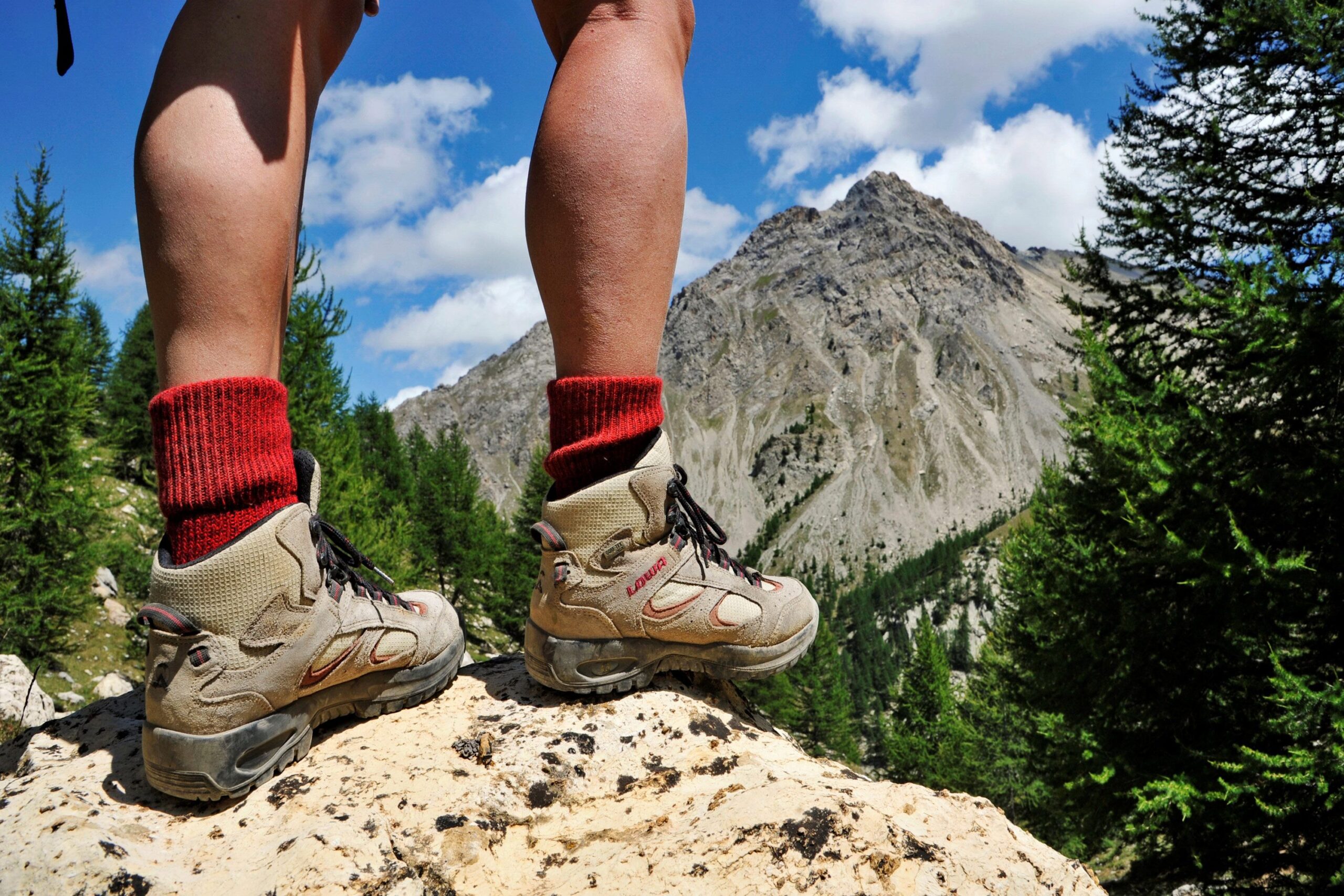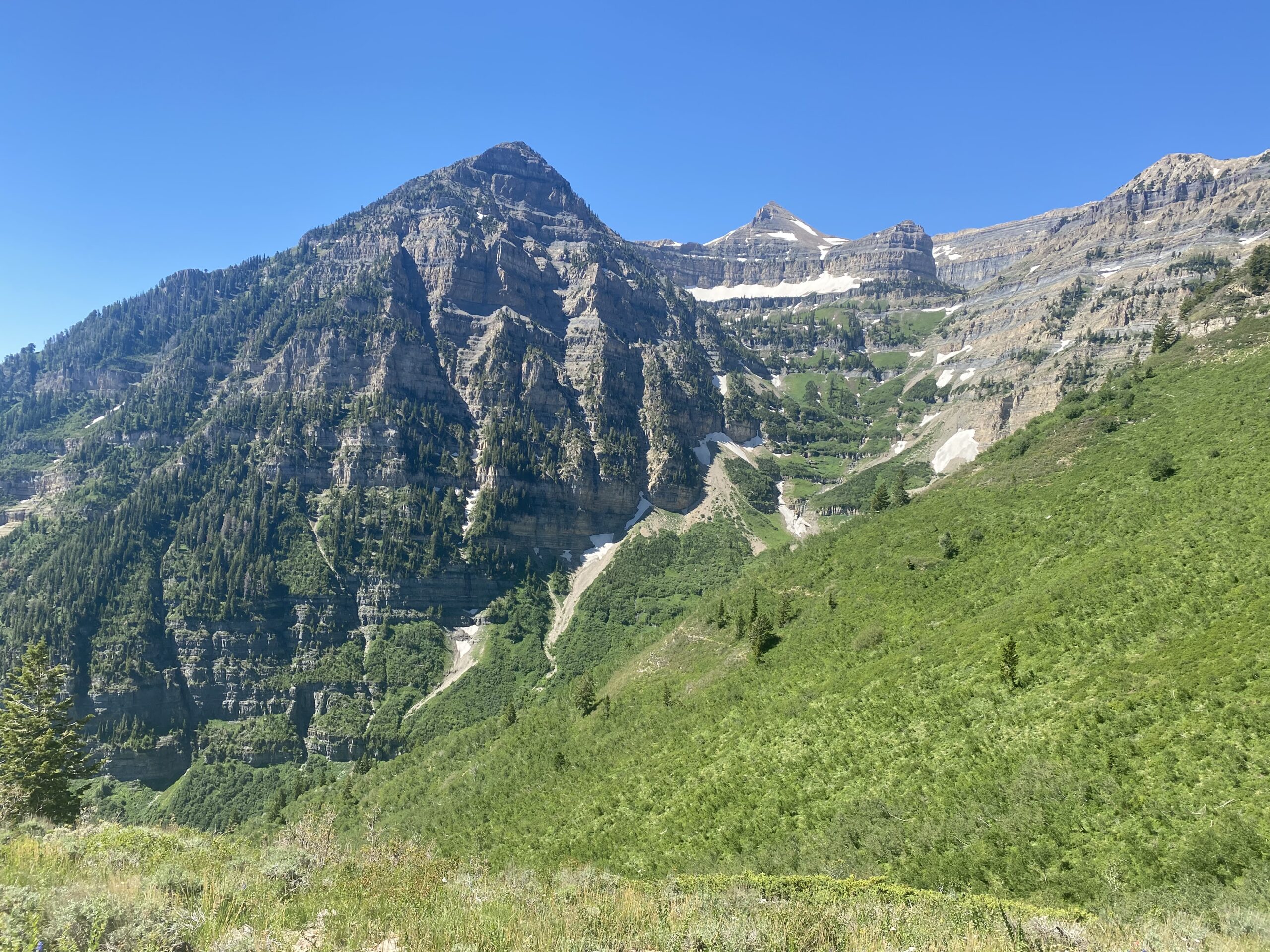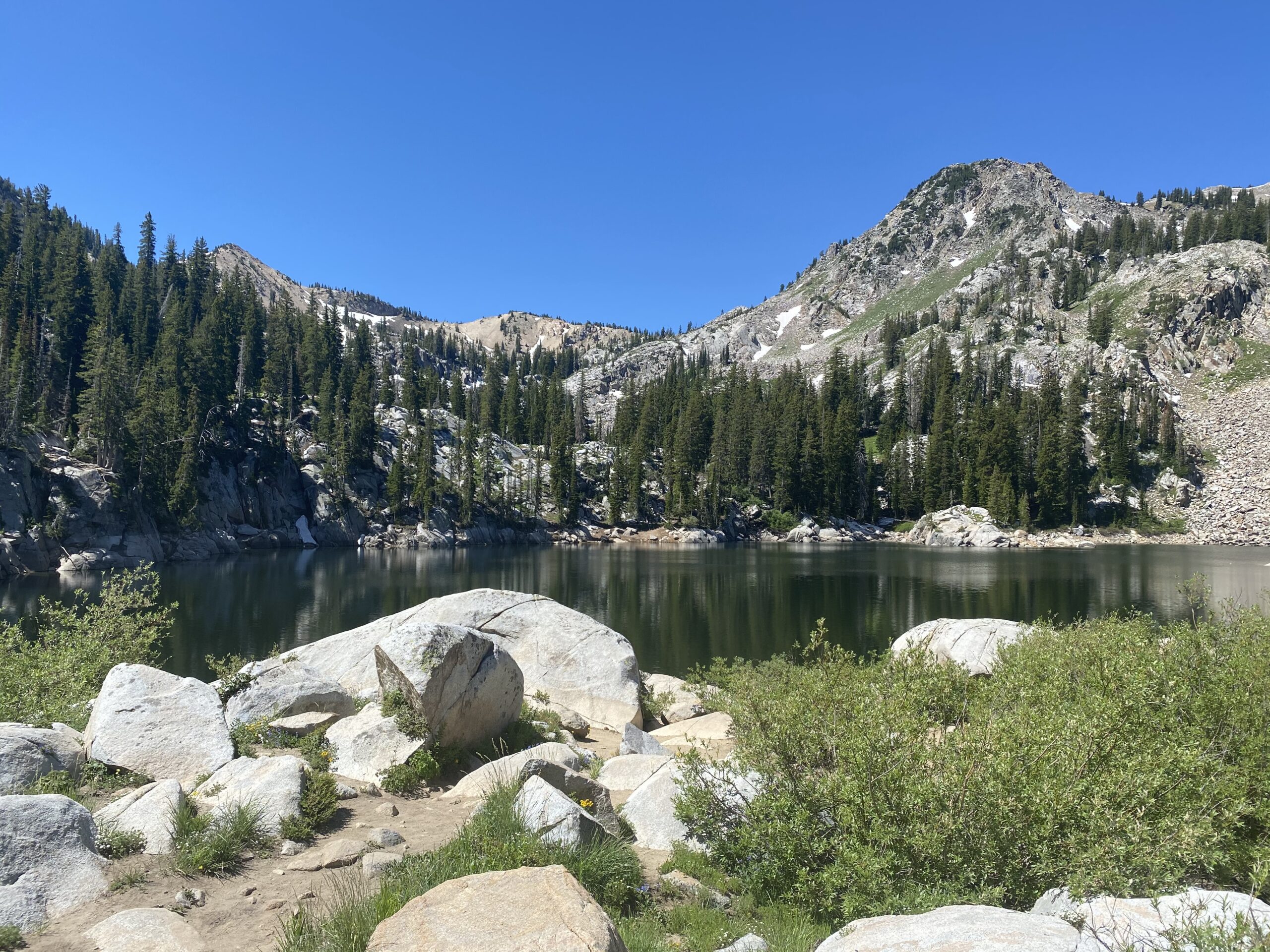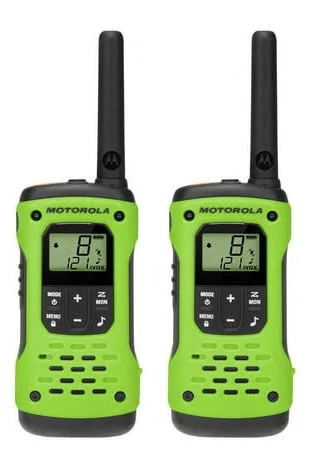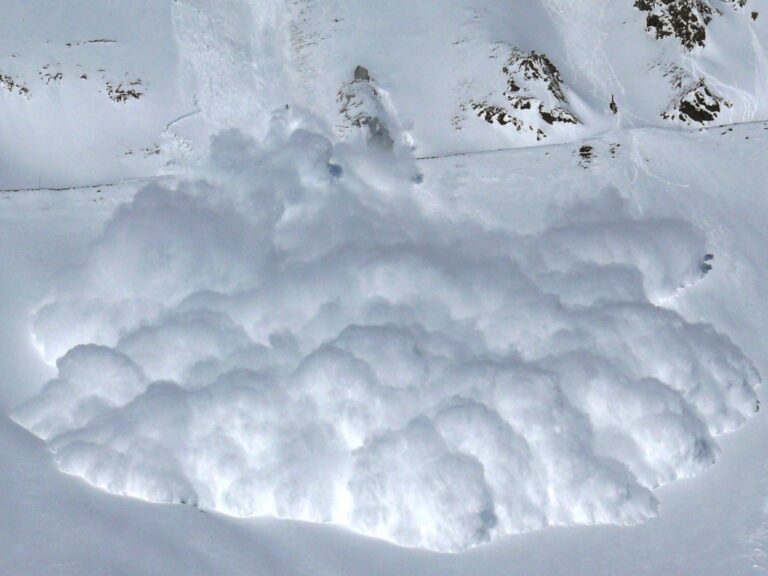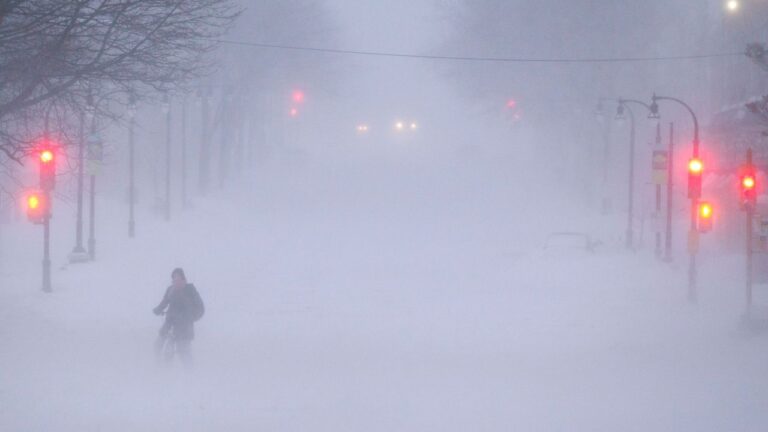It’s that time of year. Days are getting longer and warmer and people are itching to get back outdoors. Hiking is one of the easiest outdoor activities to get started with. You don’t need a ton gear or any special skills, just a desire to get outdoors and walk. It’s something that can be done year-round regardless of the weather or climate, if you are prepared. If you aren’t prepared, it can be a miserable or even dangerous experience. I’m not trying to scare anyone away by saying that, rather I want to set realistic expectations. I really want more people to get out an enjoy this beautiful world we live in while it lasts. But I also want you to do it properly, responsibly and in ways that protect the outdoors for future generations.
Hiking knowledge seriously lacking
Last summer during the COVID pandemic, I saw so many people out hiking and camping that had never done it before, and it showed. Many had no idea of the proper etiquette or behavior expected when outdoors and our outdoor spaces are the worse for it. Overcrowding, trash everywhere, not staying on trails, damaging or destroying vegetation or fragile ecosystems, disregarding policies of no open fires or fireworks in a drought stricken forest and generally behaving in ways that at best is dangerous to themselves and at worst dangerous to others.
And don’t even try to confront these individuals unless you are prepared to be attacked at least verbally if not physically. Their sense of self-importance and lack of intelligence shows in their behaviors and actions. Their belief that they know what they’re doing, unwillingness to acknowledge that they don’t and refusal to learn just feed a vicious cycle, further damaging our outdoor spaces. If you can safely take pictures or video of their actions and report it, go ahead, otherwise it’s not worth it for you to get into an altercation with idiots like that.
For those willing to learn
Fortunately, for those of you reading this, you are not like that, you want to learn, you want to grow and you want to enjoy our outdoor spaces responsibly and keep them protected so they are still available for your kid’s kids. I developed my love for the outdoors in my youth through the Scouting program and it has been a life-long journey of discovery, exploration and wonder at the beauty and majesty of this planet we live on.
Before you begin your journey, there are a few things you should know, like what to wear, what to take with you, and what to be aware of to enjoy a hike safely while preserving the environment for others to enjoy.
Why should I go hiking?
For starters, it’s great exercise, gets you out for some sun and fresh air, reduces stress and you can eat lunch while enjoying views like these from hikes I took last summer:
What should I wear when hiking?
One of the nice things about hiking is that you don’t need any special clothing aside from good shoes or hiking boots, although some items will provide more comfort or better protection than others.
Footwear
A good pair of hiking boots / trail shoes are essential. You need good traction regardless, but if the terrain is generally flat with no obstacles, regular gym/tennis shoes should be fine.
If there is the possibility of uneven terrain and obstacles you will want good ankle support provided by hiking boots. Do not wear sandals, water shoes or flip-flops. Those offer no protection from sharp rocks, sticks or pine needles and very little cushion or support for your feet over long distances. You might be thinking “who in their right mind would go hiking in those?” but every hike I took last summer I saw numerous individuals wearing one of those types of footwear. How many ended up with cuts, slivers or sticks and pine needles jammed in between their toes or under their toenails I couldn’t say. Unless you enjoy hospitals, stay away from any open toe or flimsy footwear when hiking.

Dress in Layers
You want to dress appropriately for the weather, in layers so you can remove or add layers as necessary. Depending on where you are hiking the weather can change very quickly and you want to be prepared for that possibility. Where I hike in the mountains of Utah, temperatures can vary greatly from my house in the valley, the base of the trail and further up the mountain. Sometimes by as much as 20-30 degrees difference throughout the day. I am always removing and adding layers depending on conditions.
Wear Performance Fabrics
Wear lightweight fabrics that can wick moisture away. This is especially true of socks and underwear. You want any sweat to be transferred away, not trapped in the fabric against your body. Avoid cotton products if possible. They retain moisture and that can make you cold, cause blisters or chaffing in sensitive areas and once it starts, will be painful and debilitating. Wool or wool blends work best for socks to prevent blisters and synthetic materials like polyester and spandex (elastane) work best for underwear to reduce chaffing (a little Vaseline in friction areas also helps).
What should I take with me while hiking?
There are a few things you should bring with you every time you go hiking regardless of the distance or weather:
- Small backpack to carry the other items on this list.
- Water: A minimum of 20-32oz depending on the distance and temperature. I always carry 64 oz. of water with me, even if I end up not needing it all.
- Food: Enough to last you the day at least. I usually pack a sandwich and some chips for lunch and several snacks to hold me over.
- Poncho or Rain Jacket: I cannot even tell you how many times I’ve been rained on during a hike.
- Fully charged cell phone: a must these days.
- Portable battery pack to recharge your cell phone on the go. You’re going to take pictures, maybe use the compass for navigation, check your weather app or use a park / outdoor app which all drain battery. You will need your cell phone if you run into trouble or have an emergency.
- Map & Compass: It is no fun getting lost. Most smartphones have a compass app but if you run out of battery it is best to have an actual compass and map of your area. You can also get digital maps on your phone through the Hiking Project and All Trails apps (more details below).
- Small first aid kit: It’s very easy to trip on rocks, tree roots or downed branches or slip and fall on trails of dirt or loose rocks. Cuts and scrapes should be cleaned and dressed before continuing.
- Sunscreen: Wear sunscreen and reapply as recommended on the product instructions. If you are hiking in bear country, make sure to use an unscented product.
- Bug Repellent: Wear insect repellant unless you enjoy being feasted on by swarms of mosquitos and ticks. Again, if you’re hiking in bear country, use an unscented product. I use Ranger Ready repellent with 20% Picaridin – Scent Zero.
What should I know before going hiking?
Research the trail
You definitely want to research the trail ahead of time. Both the Hiking Project and All Trails apps have websites that you can view on your computer before you head out. They have user reviews and pictures available in addition to maps and route planning. You can find out what others think about the trail, such as how busy it is, what types of traffic are on the trail, the terrain difficulty, if dogs are allowed, any obstacles or issues to note and things to check out along the way.
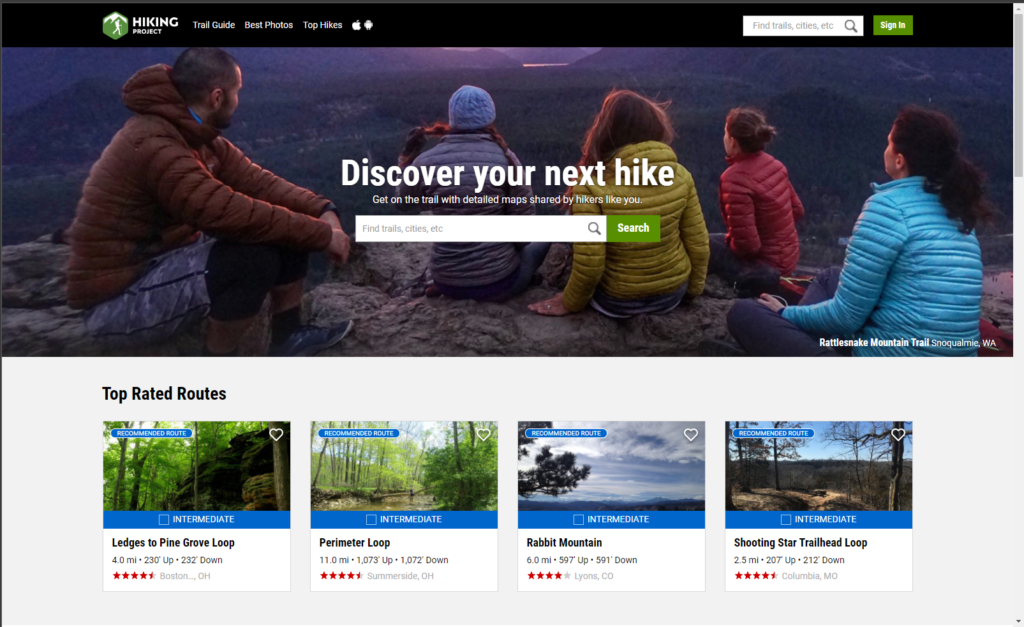
Hiking Project 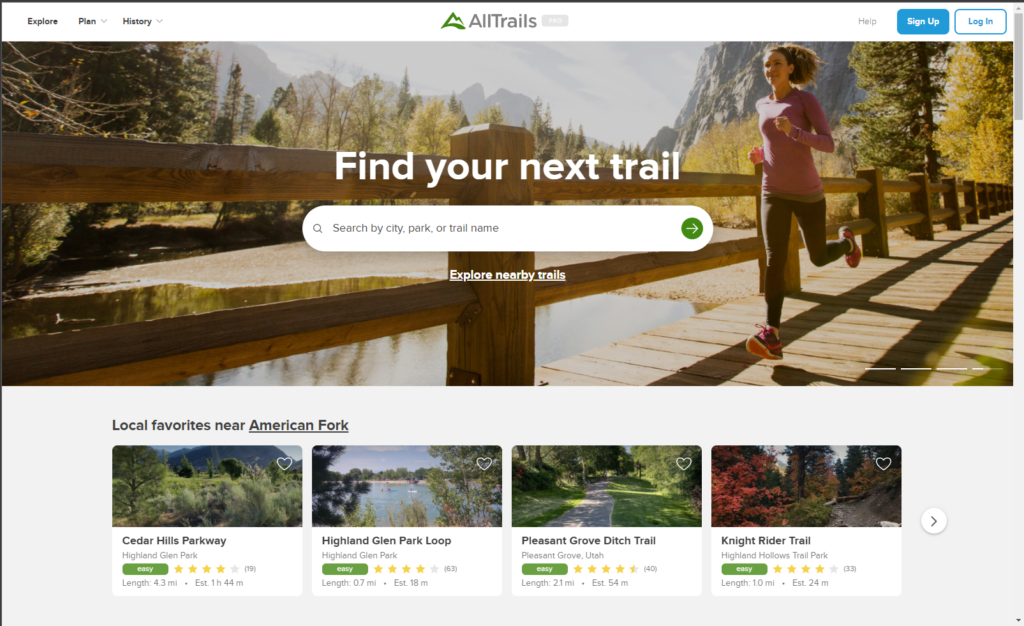
All Trails
Download trail apps and maps
Download the trail app of your choice and trail map(s) before leaving in case you don’t have cell signal on the trail.
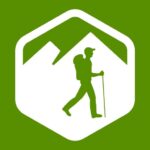
Hiking Project 
All Trails
- Hiking Project is a free app and quite useful but doesn’t have as many trails as All Trails yet.
- All Trails has a lot more trails and map options at the time of this writing but costs $30 for a one year subscription. There is a free version but you cannot download the maps for offline use. To use it on the trail you would need a cell signal.
Check the weather
Before taking off on a hike, make sure you have checked/reviewed the weather. Bad weather can ruin your day and experience if you aren’t prepared for fluctuations in the temperature or storms that are expected. It could quickly become dangerous depending on the situation if you are not prepared.
Start early
I recommend starting in the morning so you can finish before nightfall. You don’t want to still be on the trail after dark; it’s extremely dangerous and very easy to get lost. You could be seriously hurt or run into wild animals that come out in the evening. Starting early in the morning also lends itself to cooler temperatures vs the middle of the day in most areas.
Apply protection
Before leaving the trailhead, apply sunscreen and bug repellent. Remember if you are hiking in bear country, to use unscented products
Are there any special rules when hiking? YES
Take your trash with you
You always pack out any trash. Do not discard water bottles or food wrappers on the ground. If there are trash bins, only use them if they are not overflowing. Don’t add to the mess if they are. Not only is this unsightly, it can be dangerous to people if it attracts wild animals in the area. It is also dangerous to the animals if they eat plastic with food residue. It makes them more aggressive towards humans because they are looking for a hand out instead of hunting for their food. Most animals that become comfortable around humans end up being put down in most instances. And if you did not already know, plastic takes years to breakdown in the environment.
Keep the trails clean and preserve them for others to enjoy. I always end up with a small bag of trash to dispose at the end of every hike. Most of which is stuff I picked up along the trails discarded by other inconsiderate individuals.
Right-of-way
Horses, Mules or Livestock (think cows): Always have right-of-way. Stop, and step off the trail until they pass. Do not make any sudden movements or noises that could startle the animal and end up injuring you, a rider or the animal.
Vehicles: Technically they should give hikers and animals the right-of-way, but in my experience, unless they have already stopped, I give motor vehicles the right-of-way. You can stop and get out of the way easier than they can. I do not like to excuse bad behavior of those being unsafe operating off-road vehicles, but I’m going to lose any run-in with said vehicle. I do not want to end up in a hospital or morgue.
Cyclists: Bicyclists should yield to hikers and horses or other animals.
Other Hikers: Those going uphill have right of way. Stop and step to the side to let them pass. Those going downhill have a much easier journey thanks to gravity.
Trails / Switchbacks
Always stay on trails, even if wet or muddy. Walking around creates more trails and erodes the area further. Your feet will dry off and can be cleaned. It takes years for trails to recover once wider paths are worn and just encourages others to use them.
Do not cut switchbacks. It creates erosion that further damages the landscape and can be dangerous if the slope is steep. Switchbacks are designed to minimize the impact to the environment while making the hike easier using a gentler slope.
And that should cover the bare minimums for an enjoyable hike. Remember to preserve our outdoor spaces by following Leave No Trace principles…
Take Nothing but Pictures,
Leave Nothing but Footprints
Last Updated on October 29, 2021
